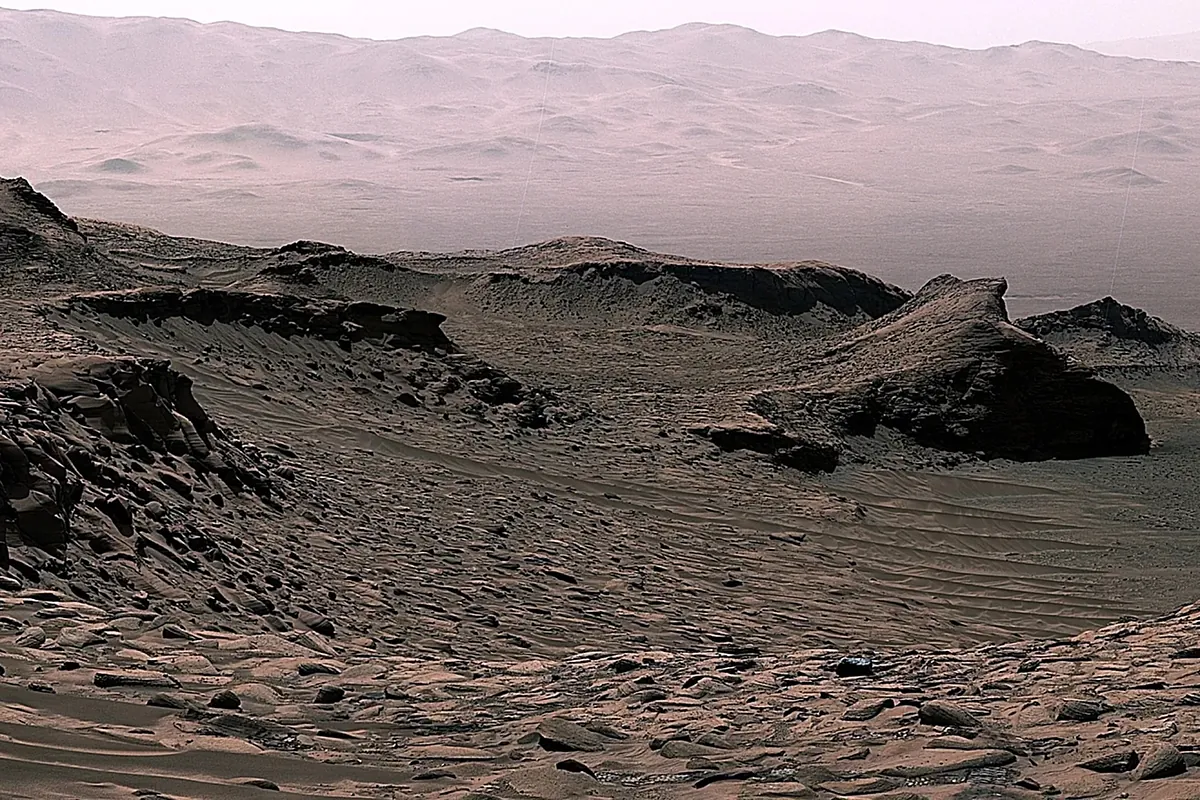

NASA’s Mars rover spotted something extraordinary: a mysterious skull-shaped bulge, located on a hillside where astronomers say it shouldn’t be, The Post reported.
The mysterious Martian rock, dubbed “Skull Hill”, was discovered on April 11 by the Perseverance rover as it descended a ridge called Witch Hazel Hill.
NASA astronauts breathe fresh air for the first time in nine months after extended mission
The hill is part of Jezero Crater, a huge 45-kilometer-wide basin that scientists believe once hosted a lake, but what makes the rock so interesting is that it looks nothing like the area around it.
While most of the terrain is light-colored and dusty, Skull Hill is dark, angular and covered in small pits, as if it had fallen there from somewhere else, according to Margaret Deahn, a doctoral student at Purdue University working with NASA.
Theories about the so-called Martian Skull Hill
In addition to this contact, the rover has found several interesting rocks that may have originated elsewhere and been transported to their current location, also known as “float,” Deahn wrote in a blog post about the finding.
The team believes that Skull Hill may have moved from its original location due to erosion, an ancient impact or other large-scale natural event, and even at first glance it looked like a possible meteorite.
But after using Perseverance’s SuperCam laser and analyzing the chemical composition of a nearby similar rock, NASA scientists ruled it out: it did not have the high levels of iron and nickel typical of space rocks.
Another possible theory is that Skull Hill is an igneous rock formed when lava or magma cooled, possibly millions or billions of years ago.
“Luckily for us, the rover has instruments that can measure the chemical composition of Martian rocks,” Deahn said, indicating that further testing is likely to be carried out to determine the origin of the mysterious Martian rock.
This news was originally published on this post .







Be the first to leave a comment